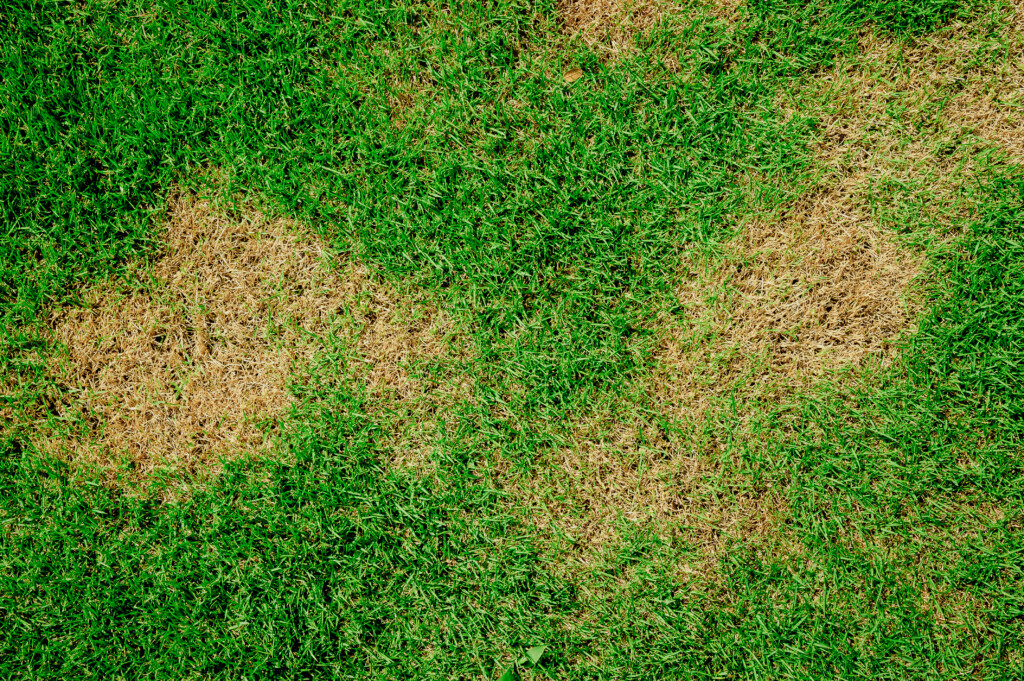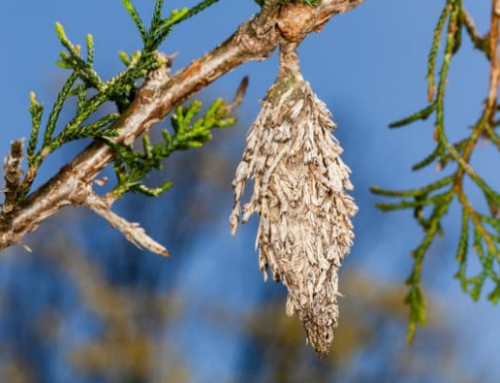
Excessive rain throughout the Greater Kansas City area combined with high temperatures and humidity have created a ripe environment for lawn fungus.
“Unfortunately, once a lawn fugus is spotted it’s already done some damage and can be difficult to get under control,” said Lawn Care Manager Chris Keedy. “We definitely recommend preventative treatment.”
Telltale signs of lawn fungus include:
Patches: fungus infects and kills the grass at the roots, leaving behind red, brown or yellow colors. One of the most common symptoms: brown patches of various colors and shapes.
Dollar Spots: pale-colored, sunken spots that look like polka dots.
Rings: large rings of brown or bleached grass.
Mildew: a white, film-like coating that appears in large sections, especially in shaded areas.
“Other causes of fugus growth can include mowing the grass too short, overwatering, applying too much fertilizer or using the wrong fertilizer,” said Keedy. “Our area’s compacted soil can also be a problem.”
Helpful Tips to Prevent Fungus Growth:
- Apply high-quality, slow-release fertilizers;
- Mow grass to a height that allows blades to absorb sunlight (not too short), and catch and remove lawn clippings to prevent the spread of spores;
- Water the lawn in the early morning, before 10 a.m., to give grass time to absorb water then dry from the sun. Lawns need approximately 1.5 inches of water per week.
“If you know you’ve got a problem, but not sure which fungus it is or how to treat it, give us a call,” said Keedy. “We can save you a lot of time and frustration by treating it right the first time.”






